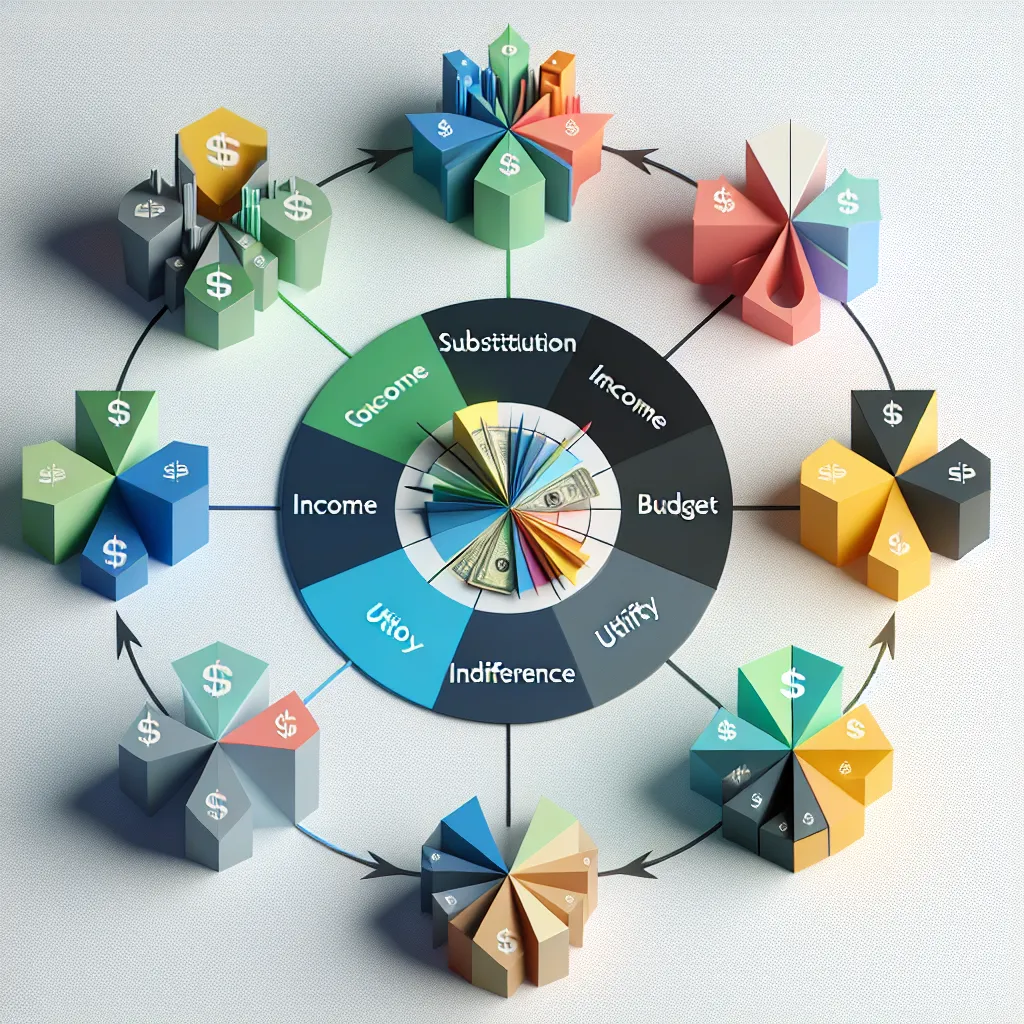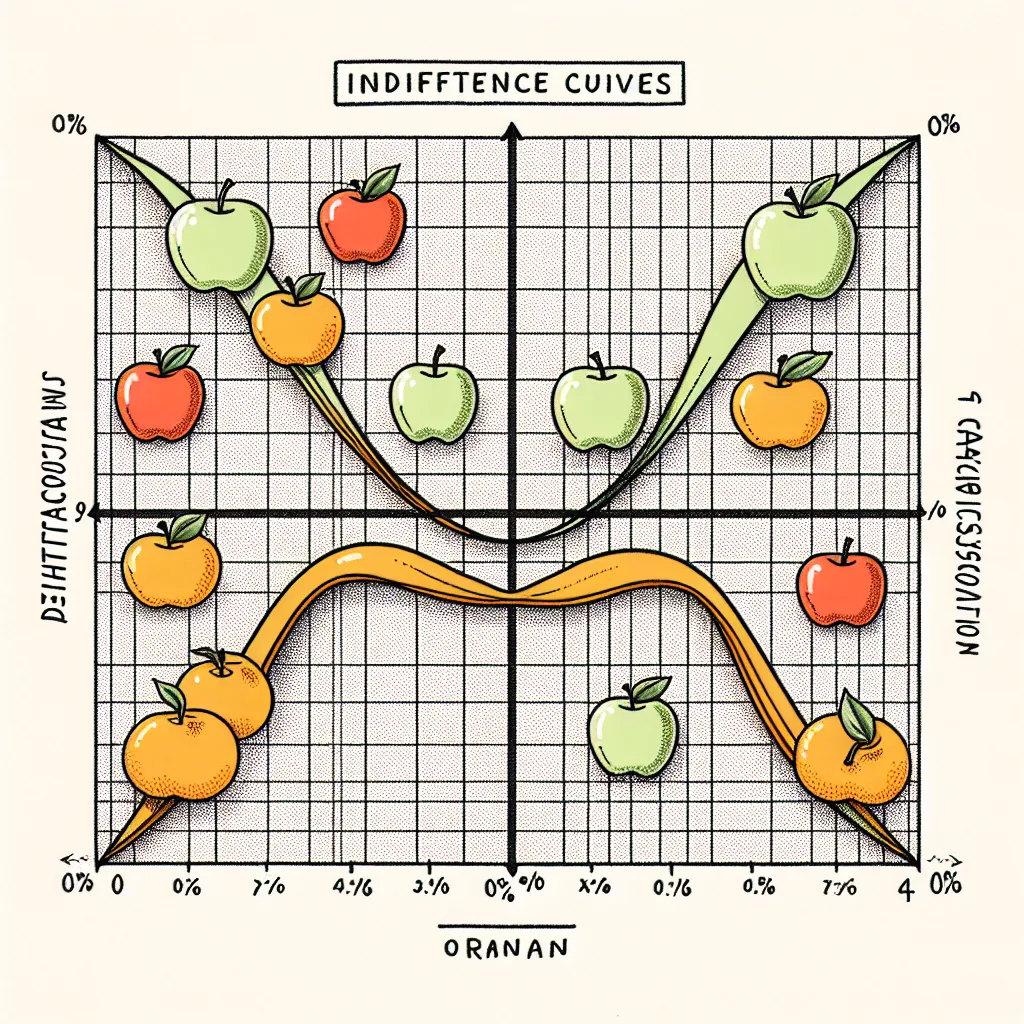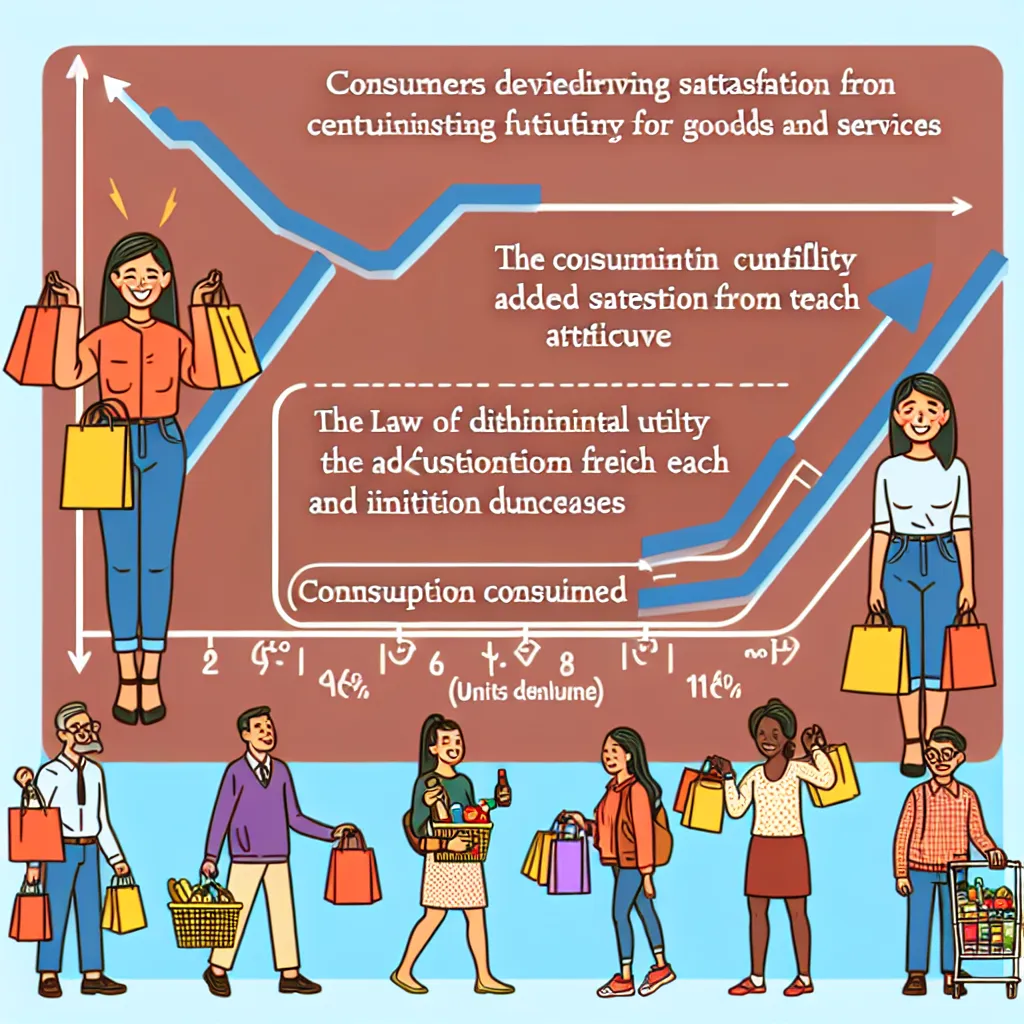Ask AI on The Internet
Question: Following a change in price, explain the distinction between the substitution effect and income effect concerning an indifference curve and budget line in microeconomics. You are also required to explain how these effects influence consumer decision-making and utility maximisation. (4+4+2=10 Marks) Hint: Your response should include a detailed analysis of each effect and their implications on consumer behaviour.
To address the topic in a thorough manner, let's break down the explanation into three main parts: 1. **Distinction between Substitution Effect and Income Effect**: **Substitution Effect**: - The substitution effect occurs when a change in the price of a good alters its relative price compared to other goods, leading the consumer to substitute the good that has become relatively cheaper for the one that has become relatively more expensive. - Graphically, on an indifference curve and budget line diagram, the substitution effect is illustrated by moving along the same indifference curve because the consumer is changing the mix of goods purchased in response to relative price changes while maintaining the same level of utility. This is typically seen by adjusting the budget line's slope but keeping the consumer on the initial indifference curve. **Income Effect**: - The income effect occurs when a change in the price of a good affects the consumer's real income or purchasing power, subsequently altering their consumption choices. - In the context of an indifference curve and budget line, the income effect shifts the consumer to a different indifference curve because the change in real income changes the level of utility the consumer can achieve. If the price of a good decreases, the consumer feels effectively richer (and vice versa), enabling them to achieve a higher (or lower) indifference curve. 2. **Implications on Consumer Decision-Making**: **Substitution Effect**: - When the price of a good falls, the substitution effect generally leads to an increase in the quantity demanded for that good as it becomes relatively cheaper compared to other goods, enticing the consumer to buy more of it and less of other substitutes. - Conversely, when the price of a good rises, the substitution effect typically results in a decrease in quantity demanded for that good as consumers shift their consumption towards relatively cheaper alternatives. **Income Effect**: - When the price of a good falls, the income effect implies that the consumer can now afford to buy more goods overall because their real income has effectively increased. Depending on whether the good is normal (demand increases with income) or inferior (demand decreases with income), this can lead to an increase or decrease in the quantity demanded. - When the price of a good rises, the income effect suggests that the consumer feels poorer, reducing overall purchasing power. For normal goods, this typically results in a decrease in quantity demanded, while for inferior goods, the quantity demanded might increase since consumers opt for cheaper alternatives. 3. **Influence on Utility Maximisation**: - **Combined Effect**: The total change in the quantity demanded due to a price change is the sum of the substitution effect and the income effect. Consumers aim to maximize their utility given their budget constraints. - When these effects work in tandem, if the substitution and income effects both lead to an increase in the quantity demanded of a good when its price drops, the consumer reallocates their expenditure in a way that they achieve a higher level of utility. - If the substitution effect and income effect work in opposite directions (commonly seen with inferior goods), the overall change in consumption depends on which effect is stronger. Despite these intricate dynamics, consumers ultimately rearrange their consumption bundle to reach the highest possible indifference curve given their new budget constraint, signalling utility maximisation. By understanding these effects and their implications, we gain insight into the nuanced ways in which consumers adjust their behaviours in response to price changes, striving to optimize their overall satisfaction or utility.
Think your answer is better than the AI's? Post it below.
Other Most Relevant Posts:
Question Tags
If you want your question answered by an AI, click here.







Post your own comment: